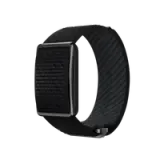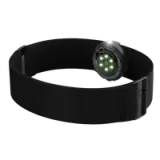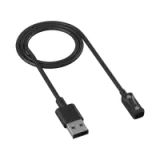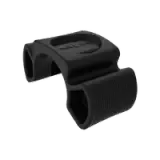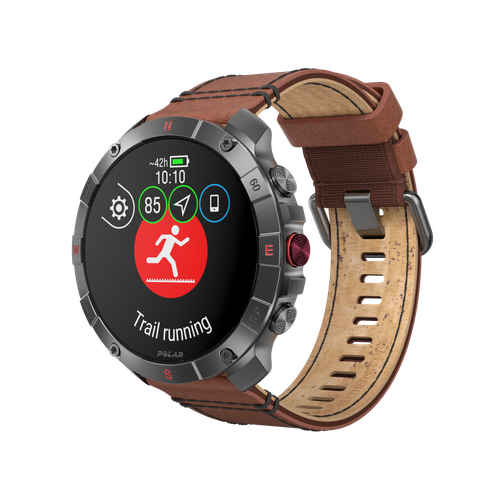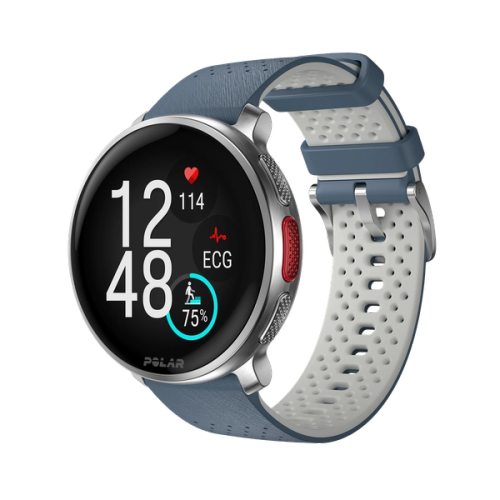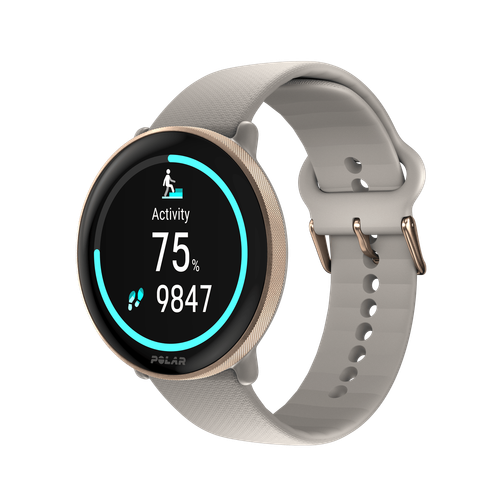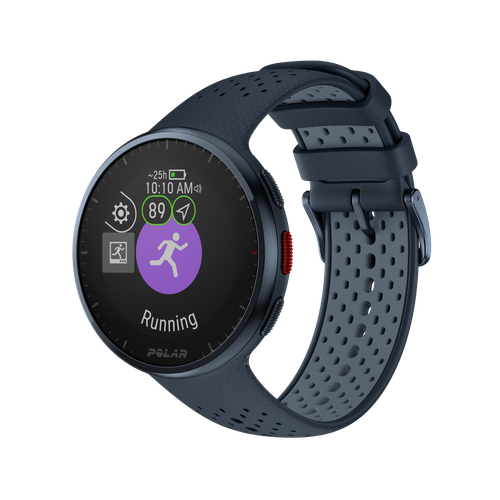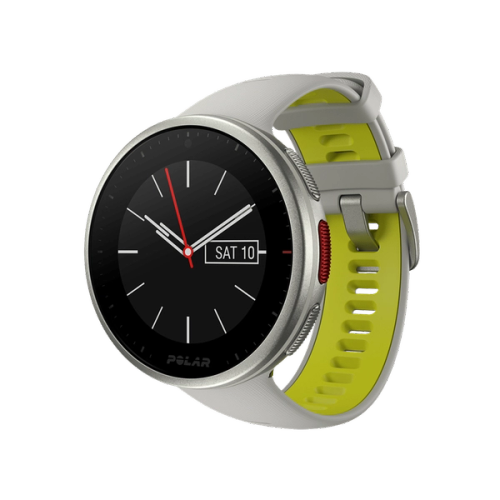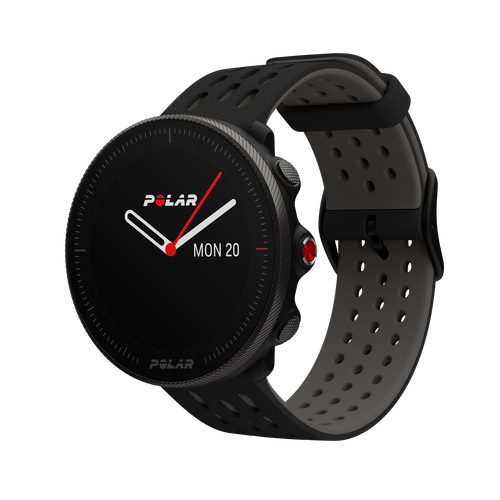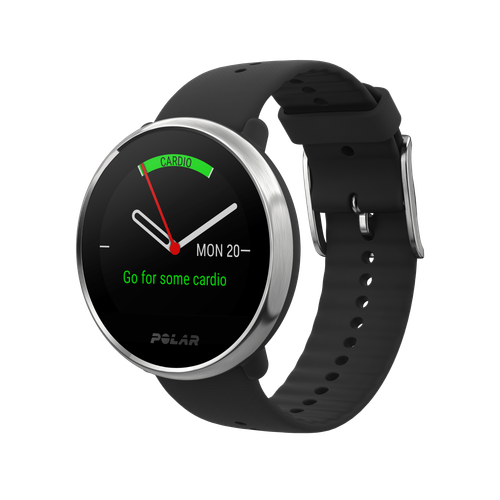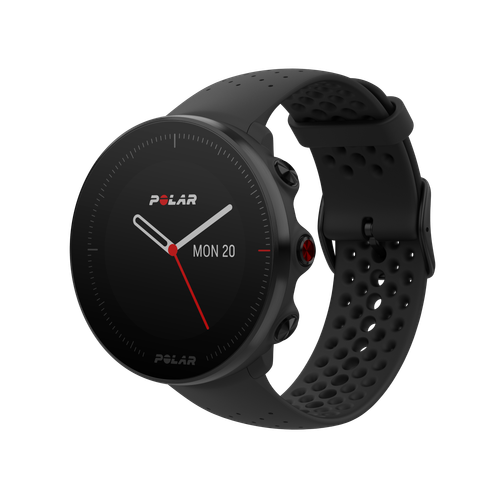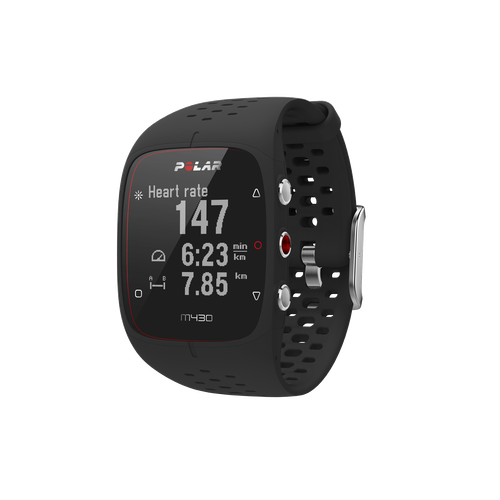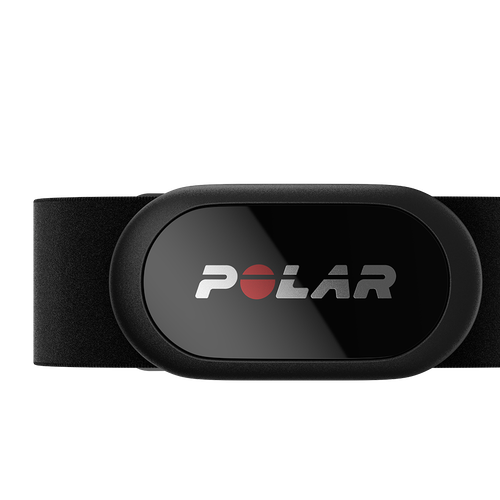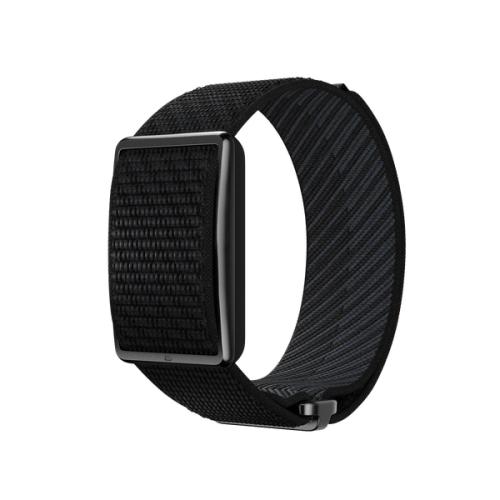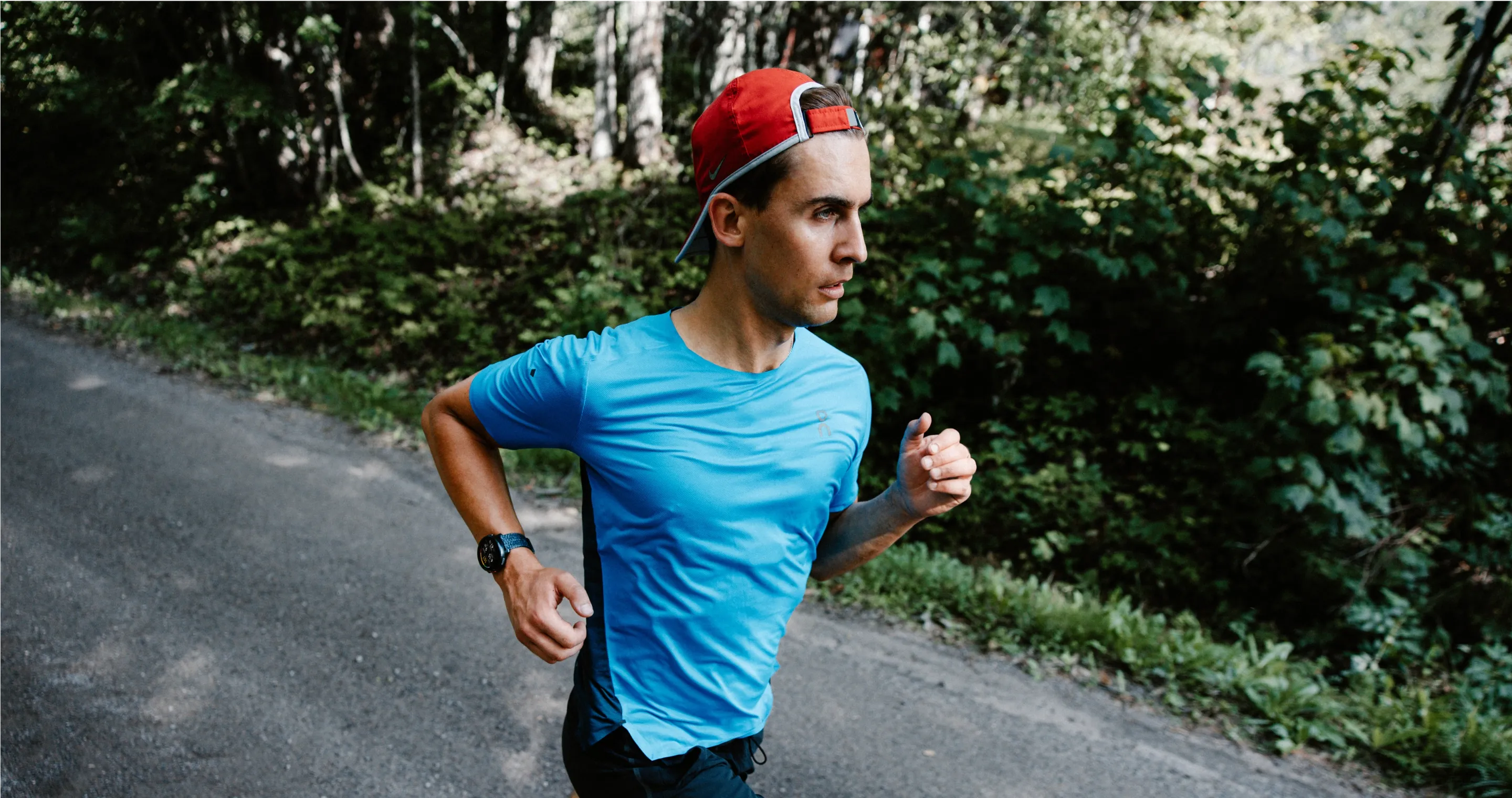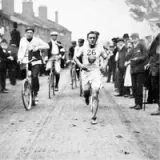The concept of VO2max traces its roots back over 100 years to the dawn of sports science. At that time, research on physical performance was largely misunderstood and its practical applications were unclear. This didn’t stop some of the pioneers in sports science. In the early 1920s, British physiologist Archibald Vivian Hill, already a Nobel laureate, embarked on groundbreaking studies funded by Britain's Industrial Fatigue Research Board. Hill, an accomplished runner himself with a 4:45 mile PB, was naturally curious about athletic performance. Collaborating with Hartley Lupton, he ventured into unexplored territory, admitting their work was initially driven more by amusement than practical goals.
However, these experiments proved invaluable from the outset, though for reasons that extended far beyond athletics. Industrial leaders saw an opportunity: What better way to maximize worker productivity than by quantifying physical limits and exploring methods to push them further?
To conduct his experiment, Hill invited a group of people to his home in Manchester and had them run around his back garden with air bags strapped to their backs to measure their oxygen consumption.
Without modern equipment like treadmills, ECG, or heart rate monitors, measuring the body's oxygen uptake required some imagination. However, the method that Hill and Lupton used was not fundamentally different from today's approaches. To conduct his experiment, Hill invited a group of people to his home in Manchester and had them run around his back garden with air bags strapped to their backs to measure their oxygen consumption. The faster they ran, the more oxygen they required—up to a certain limit. Eventually, their oxygen use plateaued, even as their speed increased.
This plateau represents the maximum amount of oxygen the body can utilize per unit of time. Even though, Hill and Lupton didn’t use this term, that’s what we now know today as VO2max. Beyond this point, athletes must rely on anaerobic energy pathways, which cannot be sustained for long due to the buildup of lactic acid. In other words, the athlete reaches their limit. Hill concluded that this limit—VO2max—was a clear indicator of the boundaries of sustainable effort. His calculation became a measurable benchmark for endurance.
In 1923, Hill and Lupton published their findings in a paper titled "Muscular Exercise, Lactic Acid, and the Supply and Utilization of Oxygen," where they introduced the concept of maximum oxygen intake. Decades later, in the 1950s and 1960s, researchers like Per-Olof Åstrand in Sweden and Bengt Saltin in Denmark revisited the concept and the actual term VO2max came into use.
undefined
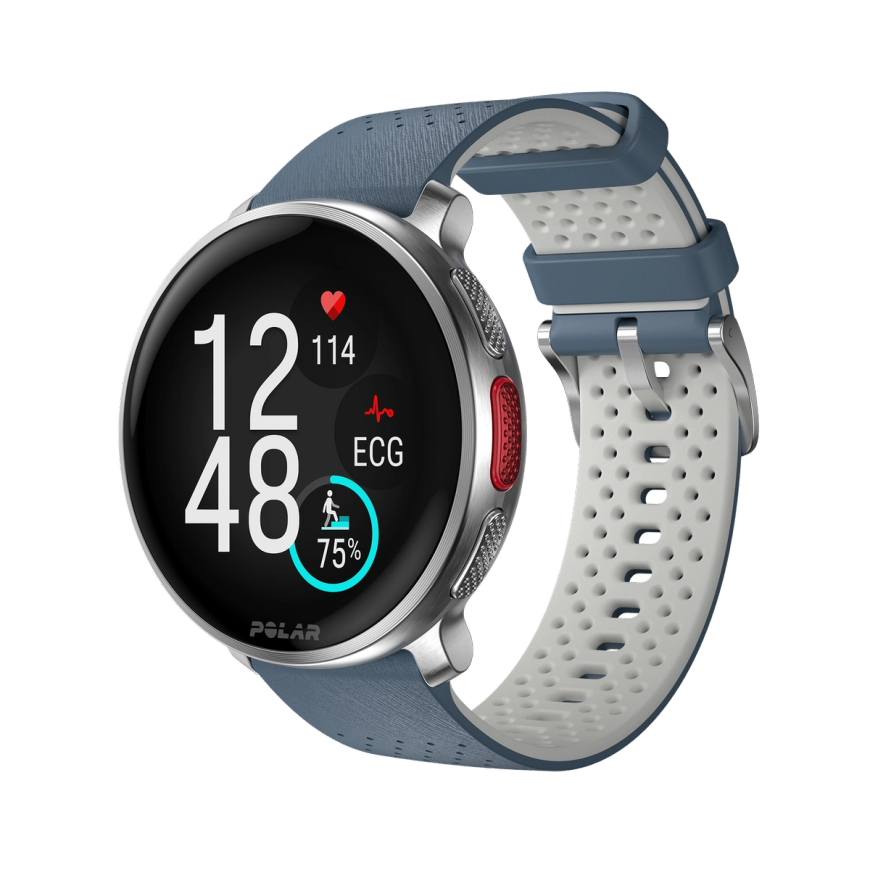
Polar Vantage V3
Premium Multisport Watch
An ensemble of biosensing instruments, AMOLED display, dual-frequency GPS, maps, and the most comprehensive suite of training and recovery tools on the market. The stage is set, and the Polar Vantage V3 smart sports watch is ready to put in the performance of a lifetime.
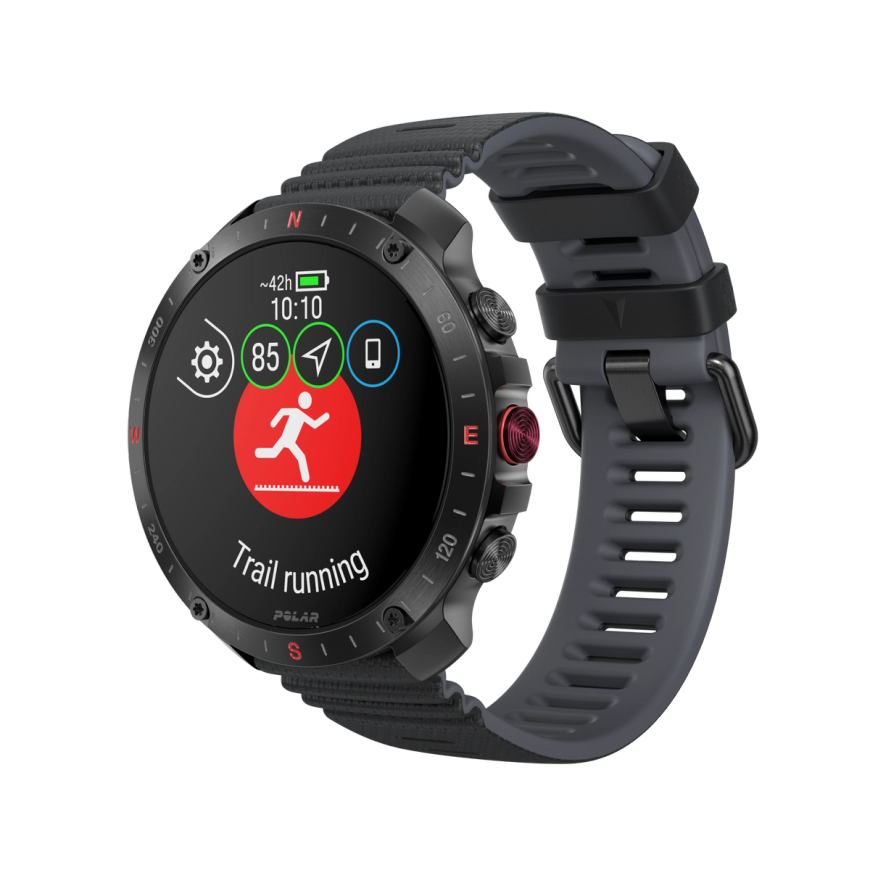
Polar Grit X2 Pro
Premium Outdoor Watch
Polar Grit X2 Pro is a rough and rugged outdoor sports watch crafted for adventure with sapphire crystal glass AMOLED display, and a hi-tech toolkit of navigation and performance features for exploring the wonders of the world, and the body.
How to measure VO2max
Today, the concept of VO2max is a popular way to measure our physical capacity, track our progress, and compare ourselves to others in the same gender and age group. Measuring VO2max is relatively straightforward. The standard method was originally a byproduct of the Minnesota Starvation Experiment conducted during World War II, an infamous study aimed to understand the physiological and psychological effects of severe and prolonged dietary restriction and the challenges of refeeding.
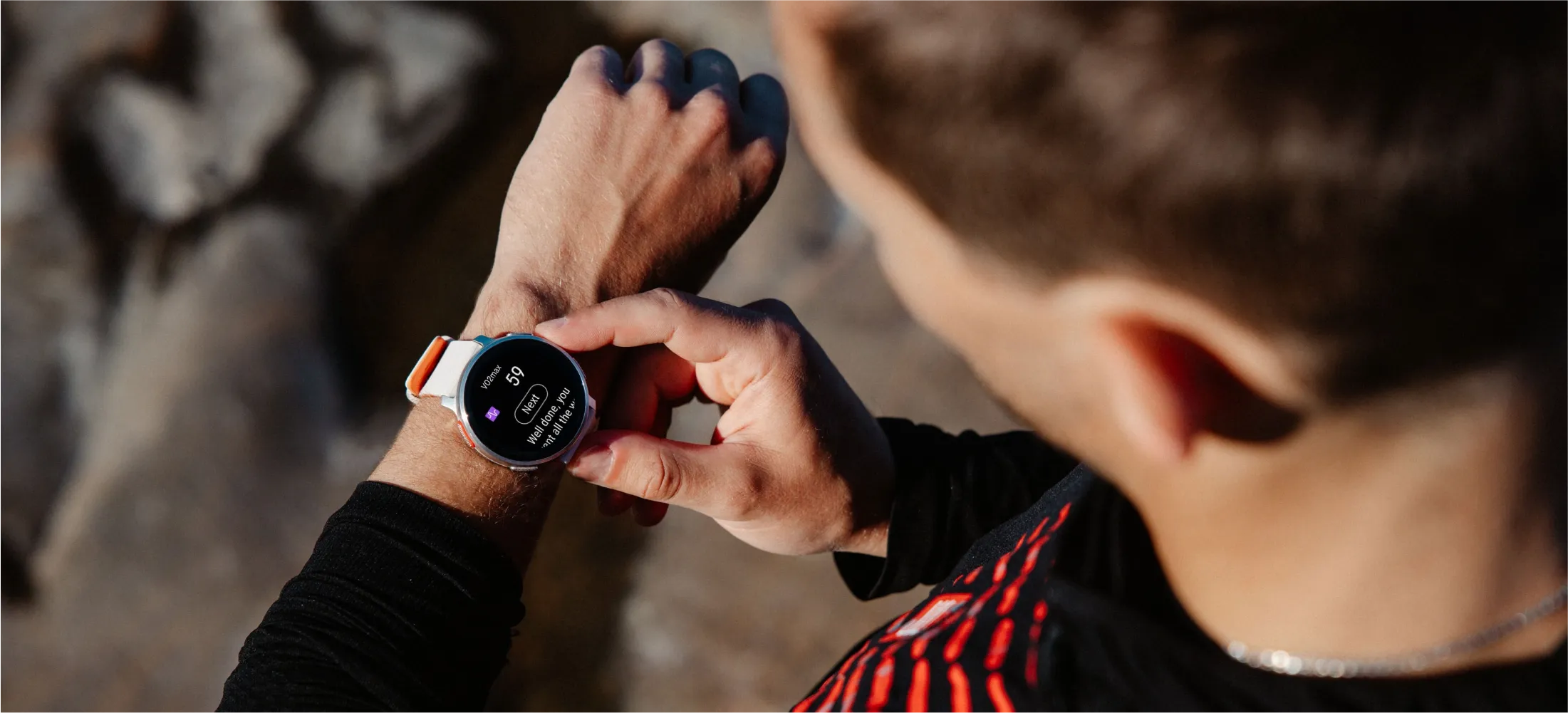
The VO2max test is typically performed on a treadmill or stationary bike and requires the subject to run or cycle until exhaustion. During the test, intensity gradually increases while a mask measures oxygen intake and carbon dioxide output, determining the maximum amount of oxygen the body can utilize during peak exertion. The limit is determined by various criteria, including when oxygen consumption or heart rate reaches a plateau, lactate levels exceed 8.0 mmol/L, or perceived exertion is greater than 17 on a scale of 6 to 20.
Each person's VO2 max is influenced by their natural capacity, but regular exercise can improve it. By boosting your VO2 max, you'll be able to run, cycle, or hike farther, faster, and with less effort. The most effective way to increase VO2 max is through high-intensity interval training (HIIT). This approach works because it pushes you to reach or briefly exceed your anaerobic threshold before easing back to a lower, aerobic intensity. This overload challenges your heart and lungs, prompting them to adapt to the increased demands and enhance your endurance. The biggest challenge for many is slowing the decline of VO2 max. After the age of 25, it typically decreases by about ten percent per decade.
A century after its introduction, the VO2max concept remains a popular and valid method for assessing cardiovascular fitness. Modern technology has embraced this metric, with wearable devices like sports watches now using algorithms to estimate VO2max and track our progress. This widespread adoption is a testament to the enduring significance of those pioneering studies conducted in the garden of A.V. Hill, whose rudimentary yet groundbreaking experiments laid the foundation for our understanding of human endurance.
Enjoying this article? Subscribe to Polar Journal and get notified when a new Polar Journal issue is out.
Subscribe
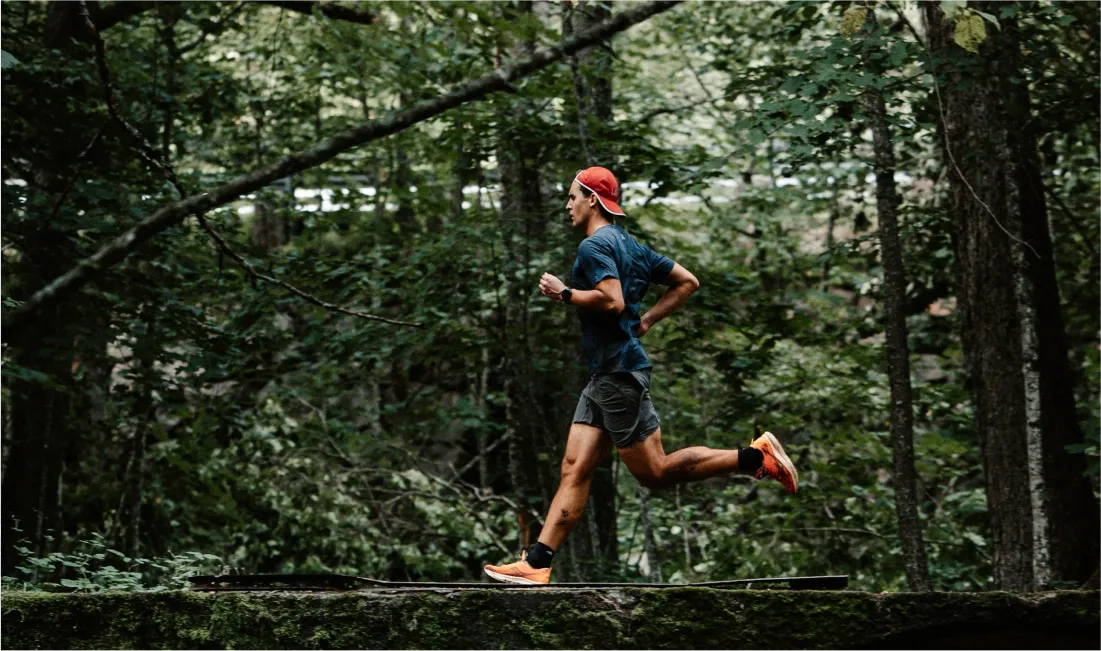
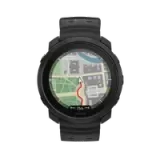 Polar Vantage M3
Polar Vantage M3
 Polar Grit X2 Pro Titan
Polar Grit X2 Pro Titan
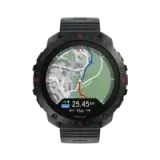 Polar Grit X2 Pro
Polar Grit X2 Pro
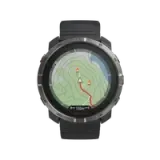 Polar Grit X2
New
Polar Grit X2
New
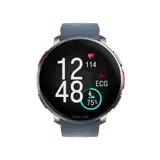 Polar Vantage V3
Polar Vantage V3
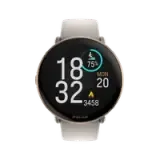 Polar Ignite 3
Polar Ignite 3
 Polar Ignite 3 Braided Yarn
Polar Ignite 3 Braided Yarn
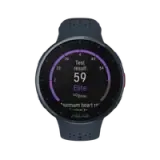 Polar Pacer Pro
Polar Pacer Pro
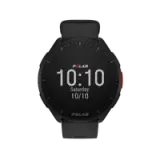 Polar Pacer
Polar Pacer
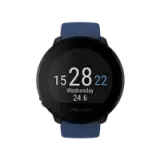 Polar Unite
Grit X Series
Vantage Series
Pacer Series
Ignite Series
Polar Unite
Grit X Series
Vantage Series
Pacer Series
Ignite Series
